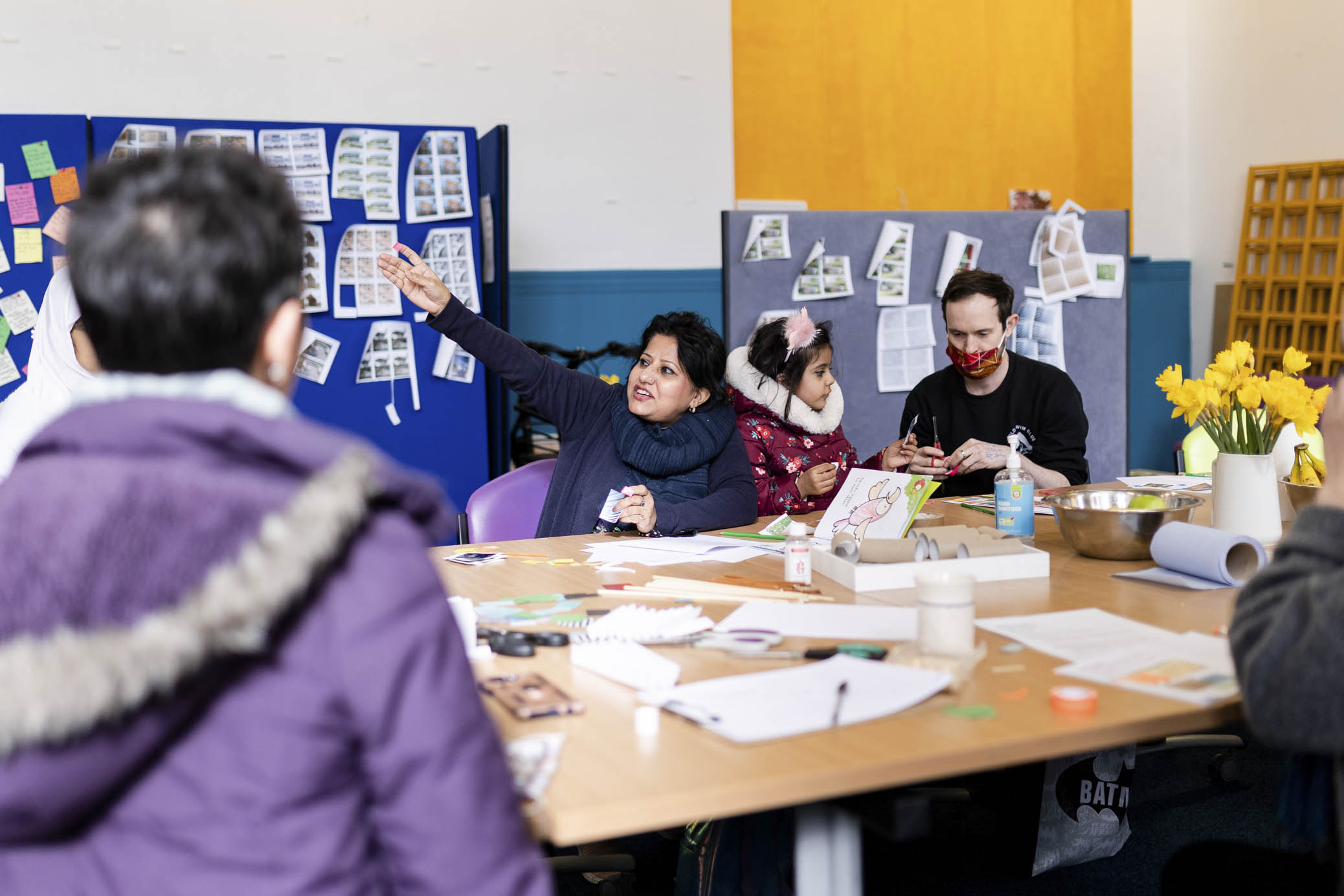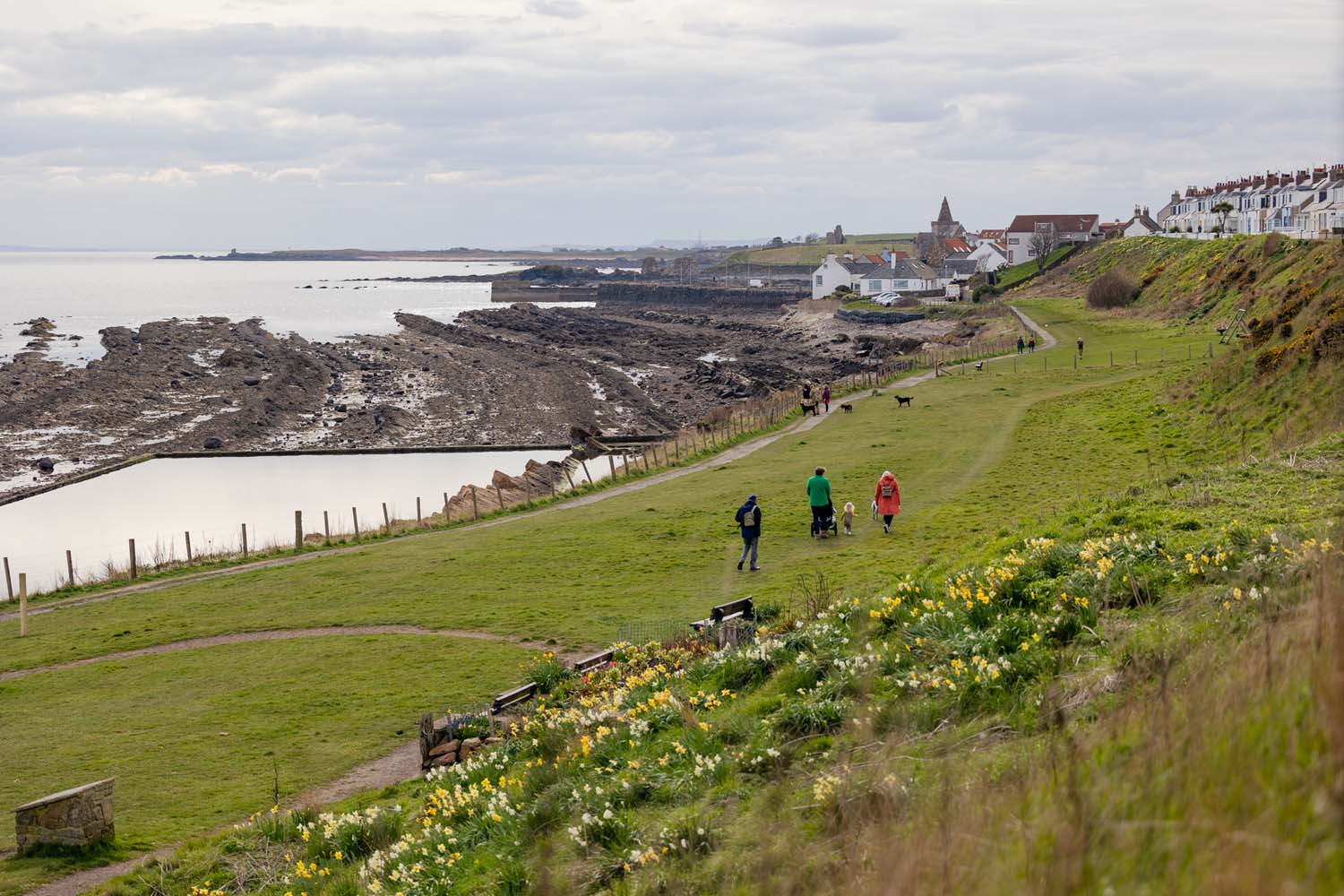(April 2023) Architecture and Design Scotland celebrates the 2023 International Design Day. In this blog by Jim MacDonald, Chief Executive, he highlights the benefits of taking a collaborative approach to tackling the challenges and issues faced in Scotland.
The challenges presented by climate change, the cost-of-living crisis, and inequality, to name just a few of the biggest, can often seem overwhelming. So, as we celebrate International Design Day 2023, lets remind ourselves how powerful design and creative thinking can be in getting people together to address these.
Fundamentally, design is a collaborative discipline – people working together using creative thinking to solve shared problems. This makes it the best way to finding innovative and inclusive solutions to the complex challenges faced in Scotland – and the rest of the world.
Bringing expertise from diverse disciplines to work alongside our communities, can be transformative, positively impacting people's lives. This is particularly true for the future of our places which can only work well for everyone if everyone has a voice in shaping them. That ethos is at the heart of Architecture and Design Scotland’s work and is also now reflected in national policy through the Place Principle.
Design and the Place Principle
The Scottish Government recognises the value of collaboration, and through the Place Principle, it promotes a collaborative approach to planning and delivering the services and infrastructure we all rely on. It is based on four guiding principles: sense of place, place-based investment, community engagement, and collaboration.
By encouraging collaborative working between communities and stakeholders, it challenges service providers, decision makers and funders to work in new ways. For our places – neighbourhoods, towns and cities - this means decision-making processes should integrate different perspectives and aspirations into the design of the built environment to ensure it works for everyone.
This approach puts the people who live in a place at the heart of placemaking. Their input is the key in creating places that can meet their needs and improve their lives.
Design improves people’s lives
By collaborating with communities and those who serve them, we can design places rooted in local context, reflecting their culture and identity, and promoting a sense of belonging among residents. This creates places which meet everyone’s needs, improve everyone’s lives and enable communities to thrive.
Collaborative working also promotes inclusivity by considering the diverse needs of different user groups, such as people with disabilities, children, and older adults, and designing spaces that are accessible, safe, and welcoming for all.

Collaboration in action
Our team at Architecture and Design Scotland has worked on many projects around Scotland that have seen the benefits of a whole-place, collaborative approach to creating places. Some of these are showcased in our 2022 Annual Review: reflections and projections.
This year we have embarked on new projects as we continue to apply a whole-place, collaborative approach to designing our places. These include the Primrose Street project in Alloa, a new report on Town Centre Living and a new offer that supports planning authorities with Local Development Plans.
As we work to realise our vision of a Scotland whose places are healthy, sustainable and thriving, it is vital that all of us to work together to shape our future. At Architecture and Design Scotland we will continue to inspire and support those involved in designing our places by fostering a culture of collaboration.
All our experience tells us that this is the best way to show how design can be used to improve peoples’ lives, support inclusive and sustainable economic growth and create a Scotland for everyone.
All images credited to Miss Lydia Photography

